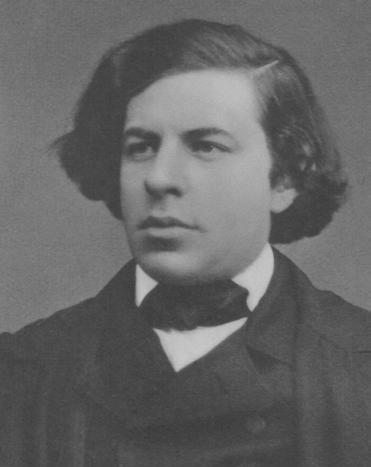
2 minute read
The Mystery of Classical Playing
It might seem self-evident now that Western art music should go by the name of “classical”, a word rich in subtle references to Classical Antiquity and social class – and from there to timelessness and perfection. In the first half of the 19th century, however, these were live metaphors that came to shape all aspects of the musical tradition we have inherited.
Of special interest for historical performers is evidence of a classical playing style, increasingly praised in concert reviews from the 1830s onward, with references to perfection, spiritual elevation, transcendence, and a more than a dash of Romantic Hellenism. When the violinist Joseph Joachim (1831–1907) performed the Beethoven Violin Concerto in 1853, the reviewer for the Süddeutscher Musik-Zeitung pronounced it “classicity from the first bow stroke to the last; not a classicity that flirts with form, nay, one that is ‘in spirit and in truth’”. An 1857 review in the Neue Zeitschrift für Musik of the violinist Edmund Singer (1830–1912) characterised his performance style as “calm and classical, as one applies this expression to the art of the ancient Greeks, a sculptural quality firmly applied from the boldest to the finest.” Clara Schumann’s performance of a Beethoven piano sonata in 1854 led Franz Liszt, in a remarkable essay on her playing, to depict her as a severe Delphic priestess.1 Henri Blanchard, reviewing a piano recital by Louise Farrenc for the Revue et Gazette Musicale in 1843, strikes similar notes, linking the word “classical” (classique) with her cultivation and severity as a performer and her elegance and purity as a composer.
Advertisement
The historical performance movement has in many ways rebelled against this inherited classicism. A period-instrument performance of Beethoven does not present an idealised sculpture but a living man, with moods and quirks, sometimes sublime and sometimes downright flippant. As the movement turns its attention to later repertoire, however, we are increasingly confronted with the paradox of 19th-century “classical” playing. On the one hand, the critical reception of musicians such as Joseph Joachim, Clara Schumann, Edmund Singer, and Louise Farrenc points to exactly the text-reverence and expressive austerity that we are now determined to shake loose from classical music. On the other hand, the tiny handful of recordings we have by the celebrated “classical” musicians –including some by Joachim himself –reveals a style that is anything but austere. In the case of Joachim, there are nuances of bowing and fingering, shades of articulation and emphasis, and layers of timing and pacing, none of which are obvious either from the written notation or from his priestly public image. It’s almost jazzy.
1 Liszt’s review, “Clara Schumann”, published in the Neue Zeitschrift für Musik (1 December 1854), is discussed in depth by Alexander Stefaniak in “Clara Schumann and the Imagined Revelation of Musical Works”, Music and Letters, v. 99, Issue 2 (May 2018): 194–223, especially in relation to the various feminine archetypes that were applied to Clara Schumann at different points in her career.

To today’s conservatory-trained ears, Joachim’s playing sounds chaotic at first – not because there is no pattern to his playing, but because his playing follows a pattern that has since been lost. Joachim’s teaching method, Violinschule, co-written with his student Andreas Moser in 1902, remarks that this highly nuanced, speechlike style of string playing, by then stereotyped as “German”, had once been an international language, which the Germans had learned from the French violinists of the early 19th century, inspired in turn by older Italian singing traditions. Joachim felt that the French violinists of the early 20th century, in homogenising their use of the bow and their sense of colour and accentuation, had lost a crucial part of their heritage.

In that case, a historically informed performance of Farrenc should aim to give Joachim-style classicism back to France. If we imagine the Joachim of the 1850s – the man who’d played in the premiere of Louise Farrenc’s Nonet at the age of 18, surrounded by Parisian wind players – the familiar, ossified version of classical music melts away, revealing the grand spiritual longings that first created it.

Dr Kate Bennett Wadsworth is a cellist and gambist devoted to historical performance of all periods, with a special research interest in 19th-century performance practice.






